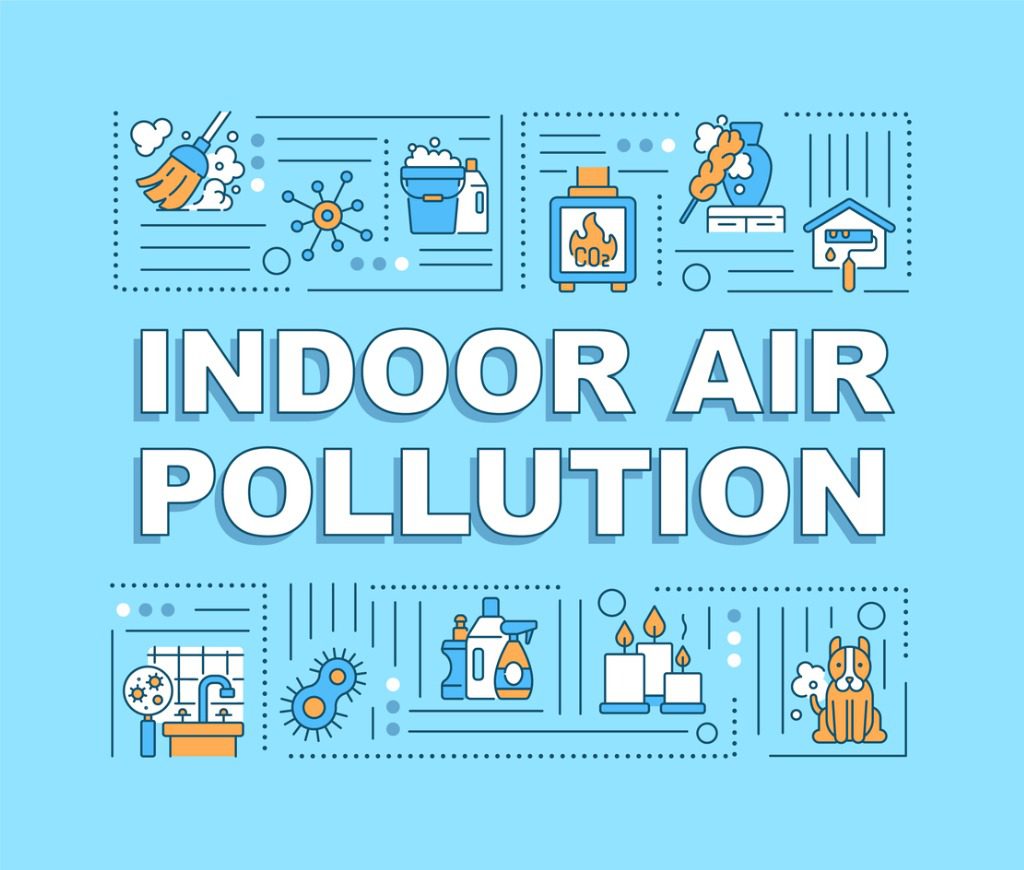
Indoor Air Quality (IAQ) in your home can pose a risk to your family. Our homes develop indoor air pollution which can be even worse than the pollution we are exposed to outside.
The good news is, that although we all face risks posed by pollution, you can help improve the air quality of your home. Since scientific evidence has helped shed more light on the threats of indoor air pollution, we are better equipped to make smarter choices to greatly improve the air we breathe in our homes.
This is especially important if members of your household have asthma, allergies, or respiratory or cardiovascular disease. Here we look at some symptoms and serious health effects of indoor air pollution with tips on how to keep the air you breathe in your home healthier.
Poor Air Quality Symptoms
Indoor air pollutants can cause the following nine symptoms:
- Irritation of the eyes, nose, and throat
- Headaches
- Dizziness
- Fatigue
- Aggravated or worsened asthma symptoms in asthmatics
- Sinus congestion.
- Coughing and sneezing
- Nausea
- Worsening allergies
However, the long-term effects due to chronic exposure to indoor air pollutants can be far worse.
What Are The Long-Term Effects Of Pollution?
Air pollution and health effects can become far more serious over time with the following possible diseases caused by poor indoor air quality:
- Pneumonia
- Chronic obstructive pulmonary disease
- Stroke
- Ischemic heart disease
- Lung cancer
Although these are some of the more extreme diseases caused by the poor air quality in your home, there are other hazards that can impact your overall health.
For more information on indoor air quality and what products can help improve your IAQ, contact our team of experts today.
Other Hazards of Pollution in the Home
Pollution and health risks are related to small particulate matter and other pollutants which can inflame your airways and lungs. As a result, when exposed to ongoing pollutants the immune response becomes impaired. Your blood’s capacity to effectively carry oxygen is also negatively impacted. During pregnancy, air pollutants have been related to low birth weights. Other risks include not just lung cancer but other cancers including cataracts, nasopharyngeal and laryngeal.
Pollutants Contributing to Bad Indoor Air
Some common indoor air pollutants include:
- Lead
- Dust Mites
- Mould
- Radon
- Pests
- Carbon Monoxide
- Pet Dander
- Secondhand Smoke
- Increased Humidity And Precipitation
- Bacteria
- Bio Contaminants
- Volatile organic compounds (VOCs)
VOCs are gases emitted over time from household items such as paints, flooring, and even furniture.
Avoiding Indoor Air Pollution and Health Effects
Some of the most effective ways to avoid poor air quality symptoms include:
- Replace air filters in your HVAC system, preferably with HEPA filters
- Use a central air purifier
- Use a kitchen fan when cooking
- Keep windows near busy roads closed especially during rush hour
- Have your HVAC system inspected at least twice a year
- Choose low-VOC products for your home renovations and furnishings
- Use environmentally friendly, green cleaning products for your home
These steps will help improve the air quality in your home.
As you can see, air pollution and its health effects can be quite serious. Are you looking to get more information about the indoor air quality in your home and how you can make it better? Contact the HVAC experts at John’s Home Comfort today!




